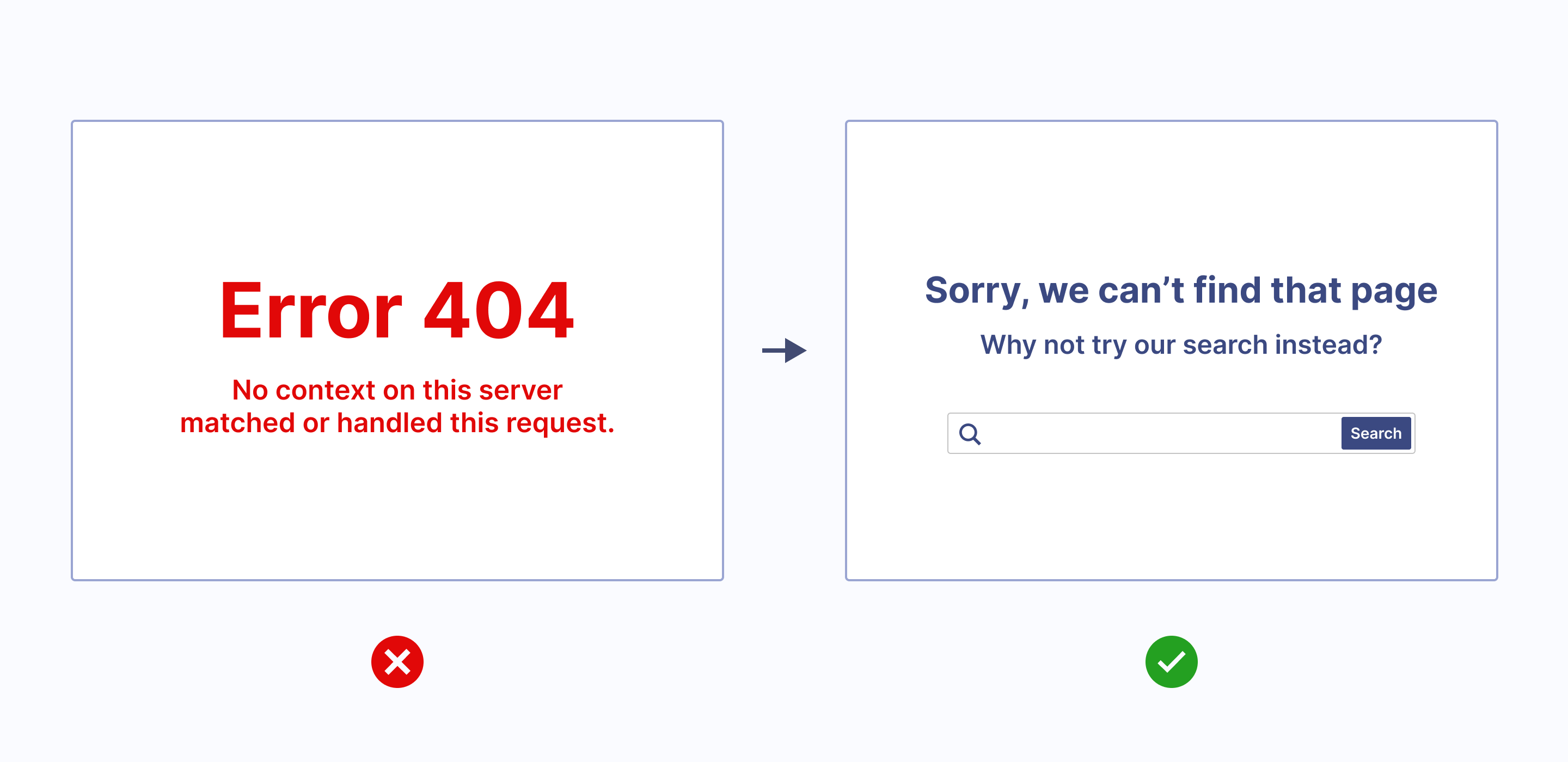11 — Turn every negative into a positive
Ever eaten something that tasted great at first but then left bitter taste in your mouth? Ever had a nice flight on the plane only to have terrible turbulence all of a sudden? Ever had a workout that was immensely difficult only to feel great satisfaction once it was done?
People tend to remember the peak of an experience or just the final part. It’s the lasting memory that we have of something and it’s what we’ll end up telling everyone else about.
With your app, you’re striving for your users to achieve their goals. If you can do that efficiently and effectively with as little frustration, friction and negativity as possible then you’ll have your peaks covered. But things go wrong. A key part of usability is ensuring that you have good control over your errors. It should be clear when an error occurs, it should be clear what that error is and how that error can easily be recovered from. By managing those parts, you’re helping to smooth over any negative peaks or lasting final impression.
Humans make mistakes. Your app will make errors. But errors almost always cause a negative reaction. They can fuel negative emotions in your users (worry, anxiety, panic) or stop their objectives from being completed. You’re in the game of making positive experiences so aim to turn any potential negative experiences into positive ones.
Errors can happen in many places. A server error or a coding bug. Errors can also happen if a user performs an action but, for whatever reason, it doesn’t follow through (something is not found) or a user makes a mistake (entering the wrong information).
- The error should be — known, discoverable, relatable
- The error should be — clear what happened and why
- The error should be — easy to recover from and move on from

As mentioned before, errors are already a red flag to your user’s emotional state. It’s already blocking them from what they’re setting out to do. Providing cryptic codes with no way out will only confuse and frustrate them and that could be the only thing they remember when they close down your app in utter dismay. Providing clarity on what happened, and why whilst providing clear paths out so users can recover is key.
You’re not building a maze. Think of your dead ends, be courteous and provide a ladder to get out and move on.
Takeaway
Errors happen but handling them gracefully can help you smooth out any potential negative experiences in your app. The last thing you want is your user’s frustrated, confused or feeling worries, anxious or panicked.
Further learning topics: Peak-End Rule, Usability

